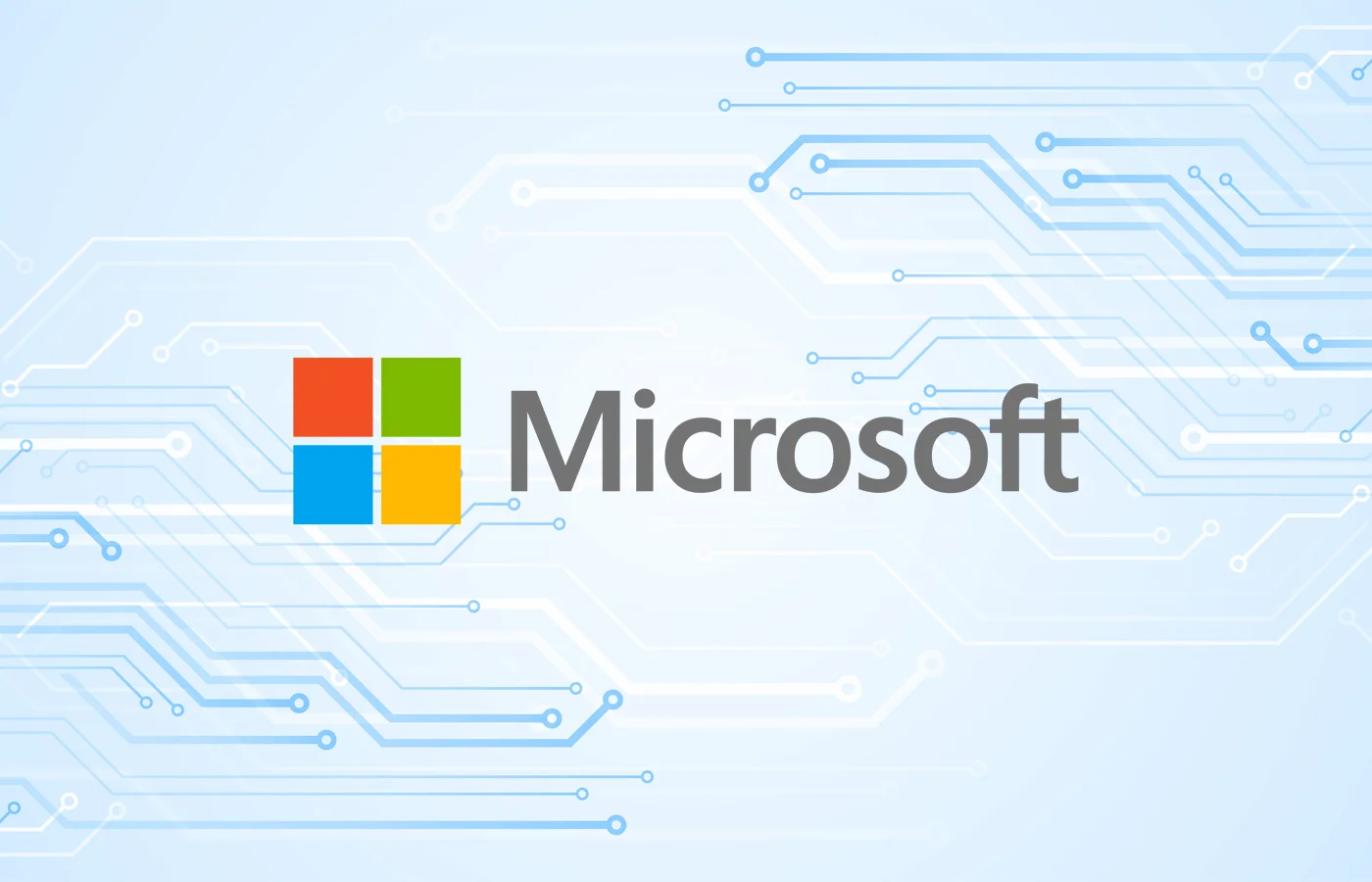contact info
- 3rd Floor, Gujranwala Business Center, Near KFC, G.T. Road, Gujranwala, Pakistan
- +92 303 0813333
- +92 303 0644484
- info@hashlearning.com
- info@hashlearning.com

The Pakistan Telecommunication Authority (PTA) has released a critical cybersecurity advisory regarding newly discovered vulnerabilities in Microsoft Office applications. These flaws could allow cybercriminals to gain access to personal or organizational systems, execute malicious code, and steal sensitive data.
Given the widespread use of Microsoft Office products such as Word, Excel, PowerPoint, and Outlook, this warning affects millions of users across Pakistan and around the world. Whether you’re an individual user or part of an organization, it’s essential to understand the risks and take immediate action.
The PTA’s alert highlights several critical vulnerabilities in Microsoft Office products that have the potential to:
Allow attackers to remotely execute code on targeted systems
Install malware or ransomware
Steal confidential information
Gain unauthorized access to user accounts and system controls
The vulnerabilities are considered “critical” by global cybersecurity experts, meaning they are severe, easy to exploit, and pose significant threats if left unaddressed.
These vulnerabilities can be exploited through malicious Office documents, typically shared via email or downloaded from untrusted sources. The primary techniques used by attackers include:
Remote Code Execution (RCE): Hackers embed malicious code in Office files that executes when the file is opened.
Macro-Based Attacks: Cybercriminals hide dangerous scripts in macros, which run silently if enabled.
Privilege Escalation: Once inside the system, attackers can gain elevated privileges and full control of the device.
Victims may unknowingly compromise their systems simply by opening a file that appears legitimate.
The vulnerabilities affect several versions of Microsoft Office, including:
Microsoft Office 2013
Microsoft Office 2016
Microsoft Office 2019
Microsoft Office LTSC 2021
Microsoft 365 (formerly Office 365)
Even users who keep their systems updated are at risk if macros are enabled or suspicious files are opened.
If exploited, these vulnerabilities could lead to:
Data Theft: Exposure of passwords, financial data, business documents, and personal files
Ransomware Attacks: Locking of systems with ransom demands for restoration
Email Hijacking: Access to your Outlook emails and contacts
System Takeover: Full control of your device by unauthorized users
Such breaches can result in financial loss, reputational damage, and long-term disruption, particularly for businesses and government institutions.
To mitigate the risks, PTA recommends the following actions:
Regularly check for and install Microsoft Office updates.
Steps:
Open any Office app → Go to File > Account > Update Options > Update Now
Macros are a common source of malware infections. Disable them unless absolutely necessary.
Steps:
File > Options > Trust Center > Trust Center Settings > Macro Settings > Disable all macros without notification
Install reputable antivirus software and enable your firewall to detect and block threats.
Do not open email attachments or files from unknown or unverified sources — especially those with extensions like .docm, .xlsm, or .pptm.
Raise awareness among employees, colleagues, or family members about phishing attacks and malicious documents.

The PTA has taken a proactive stance in alerting the public about growing cybersecurity threats. Its recent advisory is part of a broader effort to promote digital safety and protect national infrastructure.
This initiative aligns with Pakistan’s National Cyber Security Policy, emphasizing public awareness, resilience, and responsible digital practices.
The critical vulnerabilities in Microsoft Office applications are not just theoretical — they pose real and immediate risks. The PTA’s advisory is a wake-up call for every user to prioritize cybersecurity and implement protective measures.
Don’t wait until it’s too late. Secure your systems, update your software, and educate others around you.
Cyber threats evolve daily — but so can our defenses.
If you found this article helpful, share it with your network. By spreading awareness, we help build a safer digital environment for everyone.
You must be logged in to post a comment.